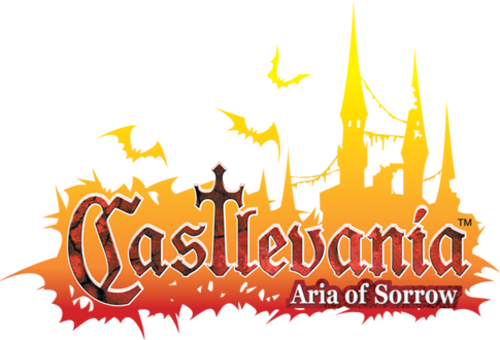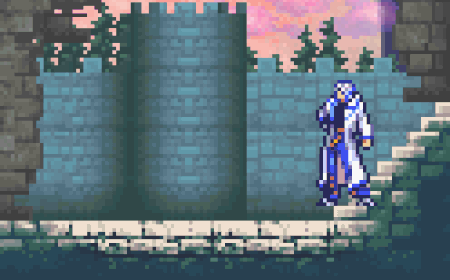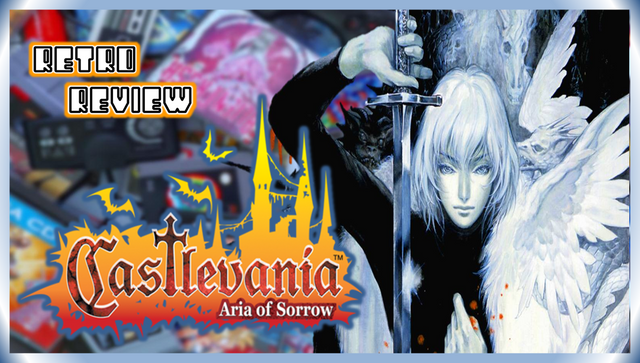
I really don't know why I hadn't played this title before, I have always focused on playing the older Castlevania games and I never stopped to try this one that came out for the GameBoy Advance, I have always heard and read many good things about this game, many people consider it as one of the best of this franchise and it really is. It is an excellent game, both visually, aesthetically, story and mechanics. A Castlevania very well done and today I will talk about it.


Castlevania: Aria of Sorrow unlike the other titles in this franchise is set in the future, however and making a more difference with many video games, although it is set in the year 2035, it is not a very technologically advanced future, that is, if you notice that there are certain technological advances, but it is not an advance as exaggerated as many video games or even movies pose, let's say it is a "moderate" future. Anyway, this game focuses on Soma Cruz, a boy with a certain resemblance to Alucard. Soma is in Japan as he is an exchange student and with his friend Mina Hakuba they go to witness an eclipse and to see it with better clarity they decide to go to a temple, which belongs to the family of Soma's friend. Arriving at the temple, these two characters faint, but when they wake up they find themselves in a totally different place, now they are in a castle, Dracula's castle, which once again has revived. Upon waking up, Soma meets a very mysterious character: Genya Akirado, who informs our protagonist of the situation. From this moment begins the adventure of our protagonist Soma, who must find answers to why he was transported to that place and also stop the plans of Graham Jones, who wants to absorb Dracula himself to get his powers. A very interesting story, with many references to previous games and with well thought out plot twists.
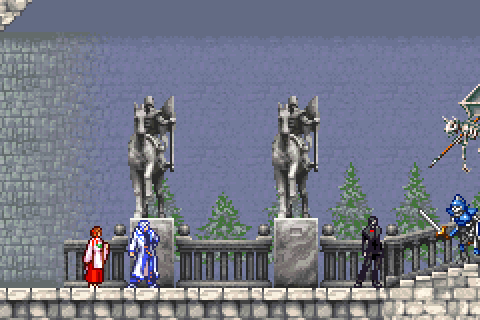
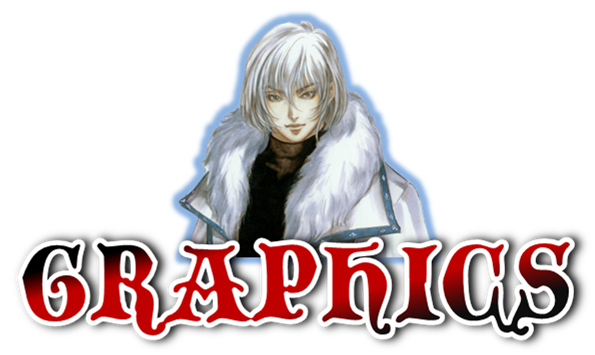
Castlevania: Aria of Sorrow must be one of the games that brings out the most of the GameBoy Advance's graphic capabilities, it is a game that visually looks spectacular to be made for a handheld console. Many people mistakenly compare this game with Symphony of the Night in terms of graphic level, being this a very hateful and meaningless comparison, since these two games were developed for totally different systems, with very different capabilities, so logically, the graphic level between Symphony of the Night and Castlevania: Aria of Sorrow is very different from each other, but that does not mean that one is better than the other. Each game has its own personality, charisma and are equally spectacular in the graphical and artistic aspect.
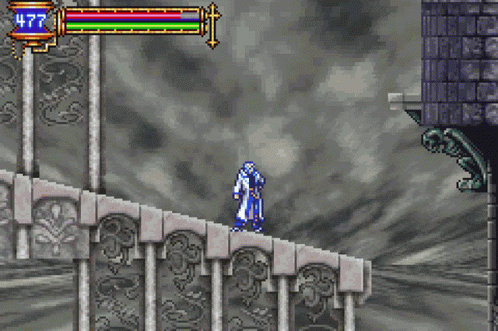
Castlevania: Aria of Sorrow has very fluid and impressive animations for a game focused on a portable console. Soma, our protagonist moves around the stage with great fluidity of movement and smoothness, something that is very important in this type of games. Castlevania: Aria of Sorrow maintains shades of colors between gray and blue in most of the time, they are its two characteristic colors, but there will also be other types of colors in the large number of scenarios and areas to which we can go throughout this adventure. As usual in Castlevania games, each scenario will be very well decorated with elements and objects that visually highlight each area in which we are, always with that appearance that just by seeing it, we immediately know that we are with a game of the Castlevania saga.
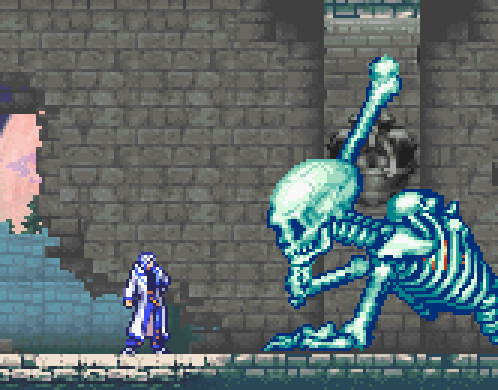
The visual effects are very outstanding, lights, illumination and "particles", are parts of the graphic section that makes this game stand out, a set of graphic effects that gives a level of spectacularity to this game that few titles of the GameBoy Advance have. The character designs are great, despite the small sprites have many details and each character is easily distinguishable from each other, as well as the final bosses which logically have much larger designs and sprites and therefore more spectacular. It is in the battles of the final bosses where the graphic, artistic and visual capacity of this game is most evident.
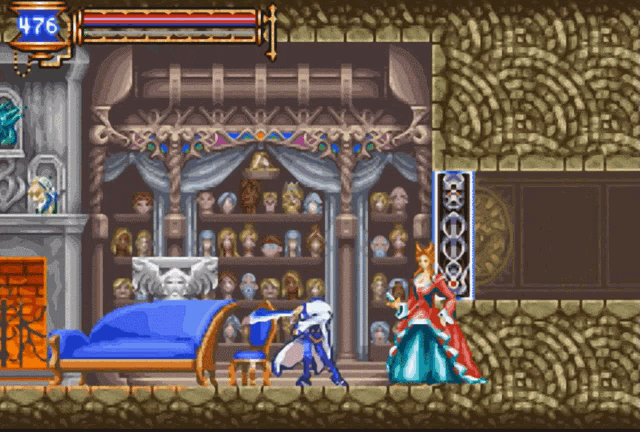
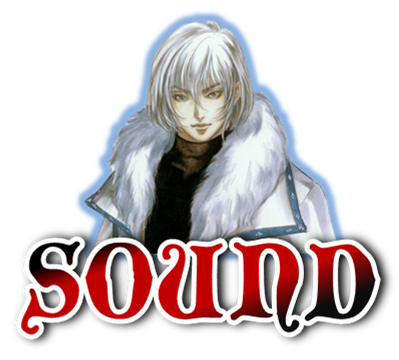
I have little to say about this game with respect to the sound aspect, as always the Castlevania saga gives its titles a set of melodies and spectacular sound effects. They are melodies that just by listening to the first few seconds, we can associate almost immediately that we are in front of a game of this franchise. The sound effects are also great, since this game has a certain set of voices for the characters, allowing a better level of immersion in the story and also adds even more personality and charisma to each character in this story.

In terms of gameplay Castlevania: Aria of Sorrow is very similar to Simphony Of The Night and this can be seen quite easily right at the beginning of the game, as Soma moves almost the same as Alucard, so if you have played Simphony Of The Night before, controlling Soma in this game is something that will not be a problem. Unlike the more classic Castlevania where the characters were less "agile" and moved quite slow.

For the rest, Castlevania: Aria of Sorrow maintains many of the basic features of the games of this franchise, with exploration being the fundamental basis of the gameplay, because when exploring we can find what we need to advance in the story, also to find certain hidden objects and secrets that will help us even more or simply to complete the game at 100%.
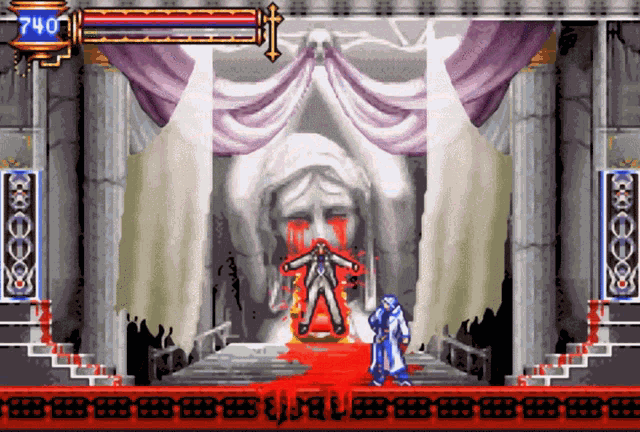
Castlevania: Aria of Sorrow also has certain elements of the RPG genre, Soma can learn different types of magic very useful to fight against enemies, this being a very interesting aspect, because unlike other Castlevania, especially the older and classic ones, where basically "jump and hit" was the essential, in this game, the use of magic is very important in the fight against the creatures that want to eliminate us.

Castlevania: Aria of Sorrow is a simply spectacular game, one of the best of the entire franchise and without any doubt. Spectacular gameplay, fast and fluid. Interesting story and with an unexpected plot twist, with winks to previous games and the general Lore of the Castlevania saga. Simply an excellent game.
